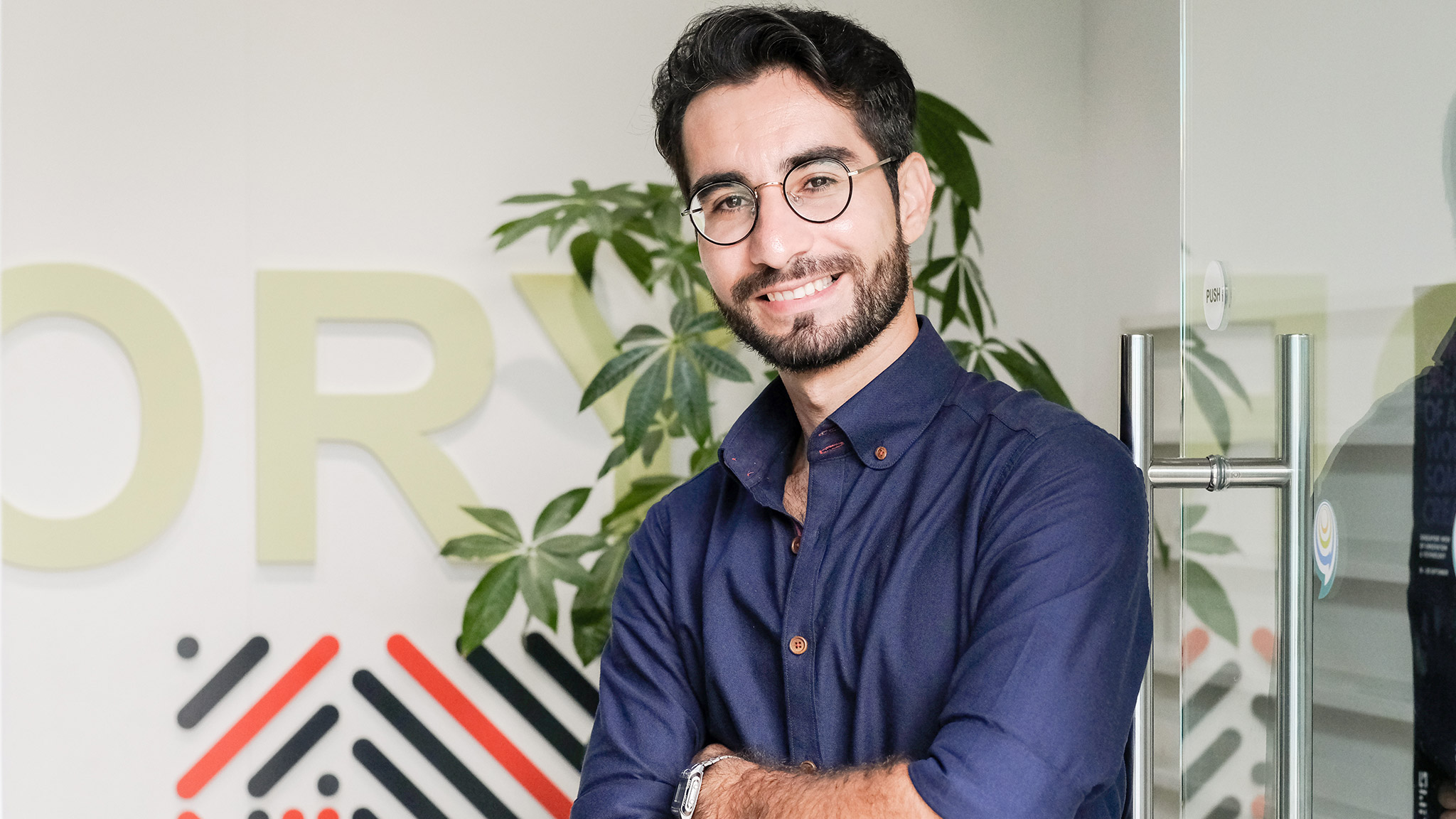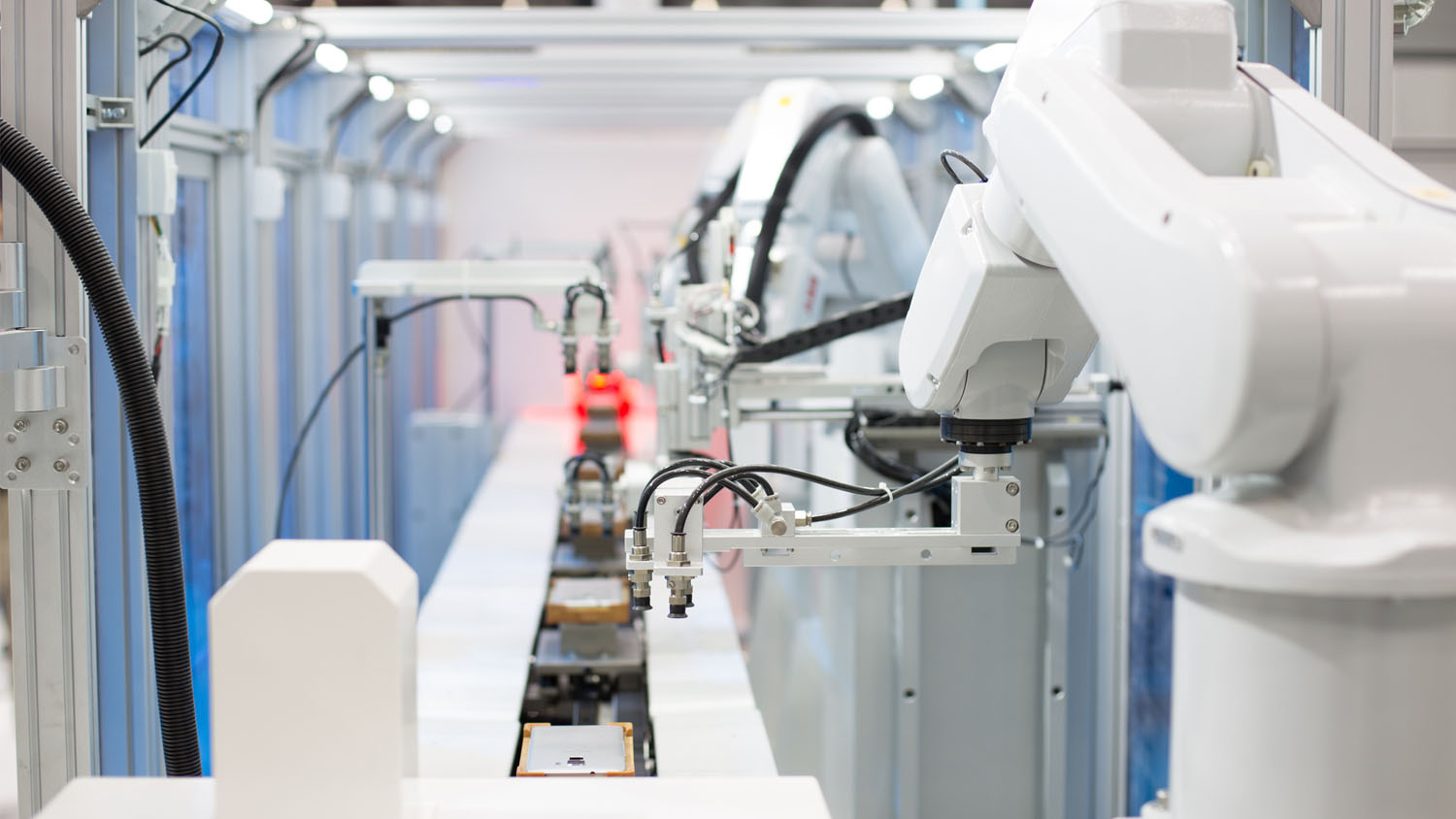Electrifying the Wastewater Sector
Thu, 11/23/2017 - 12:00
Hydroleap’s electrocoagulation technology is helping a diverse range of industries deal with their wastewater in a more eco-friendly manner.
Though the idea may be hard to fathom when staring out at the vast expanse of the ocean, water is in fact an extremely limited resource. Only 2.5 percent of all the water in the world is fresh water, and most of this is locked up in glaciers or permanent snow. Subtracting the ground water inaccessible to humans and the water in the soil, rivers, atmosphere and other living creatures, only 0.007 percent of the world’s supply of water is available for human use.
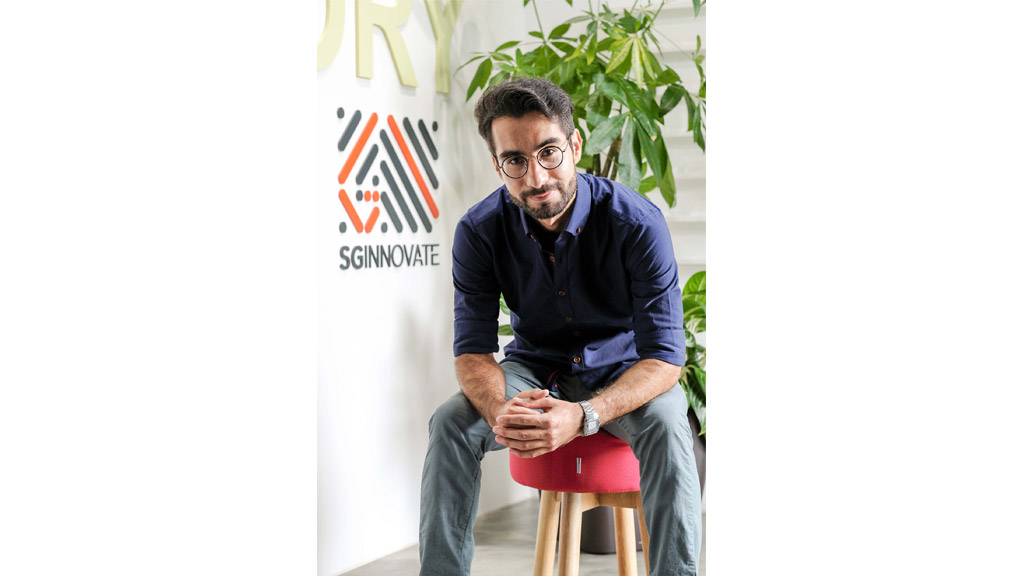
Dr Mohammad Sherafatmand, CEO and founder of Hydroleap
Industries such as construction, manufacturing and mining use a full fifth of this finite resource. In fact, the oil and gas sector in the United States alone generates 60 million barrels of wastewater each day.
Over US$180 billion a year is spent on industrial wastewater treatment,” says Dr Mohammad Sherafatmand, CEO and founder of water treatment technology provider Hydroleap. “With strict regulations regarding effluent discharge, companies have no choice but spend all that money, driving up costs in the process
Although the process may vary slightly depending on the type of wastewater, the first step in industrial treatment is often coagulation, which removes particles dissolved or suspended in the water. Typically, coagulation is achieved with the help of expensive chemicals, but this generates a large amount of caustic sludge and leaves the resulting wastewater unusable.
“By replacing chemical coagulation with a process called electrocoagulation, Hydroleap hopes to help companies save tens of millions of dollars on their wastewater treatment costs and reduce their environmental impact at the same time,” Dr Sherafatmand says.
Rather than adding chemicals to the water, electrocoagulation uses electricity to cause particles to clump together, making their subsequent removal much easier. When an electrical current is passed through water via two electrodes, the positively charged electrode dissolves into the water, releasing ions that react with the wastewater contaminants and cause them to coagulate.
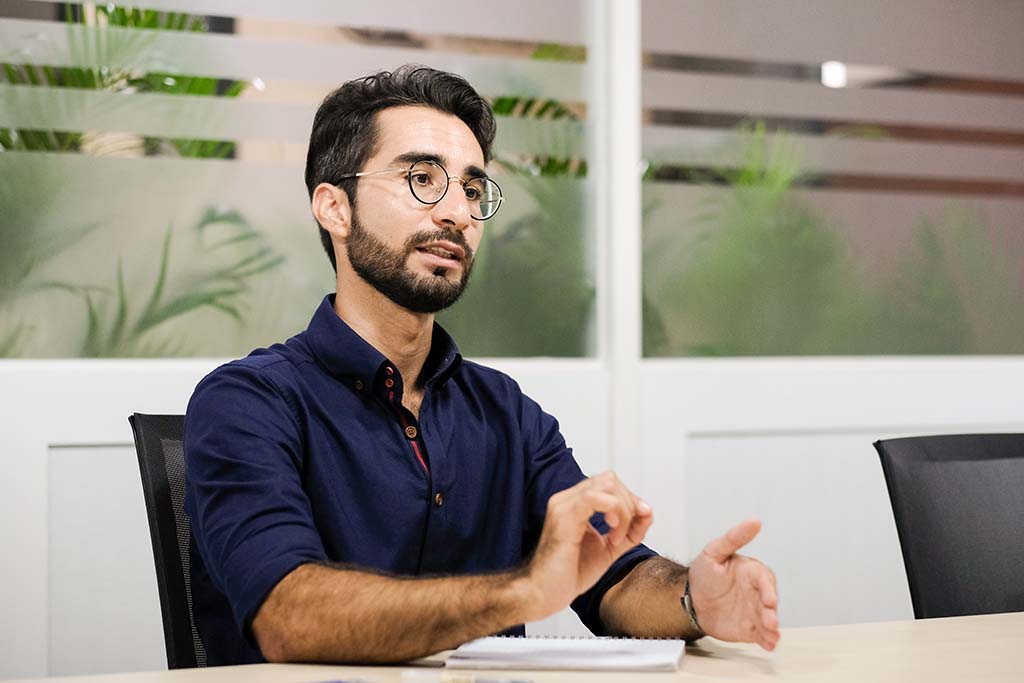
Dr Mohammad Sherafatmand speaking on electrocoagulation - a cheaper, chemical-free way of wastewater treatment
At the negatively charged electrode, hydrogen gas is generated, pushing the coagulated particles to the surface of the water. “It’s quite amazing to see the sludge floating up to the top and leaving the clean water at the bottom,” Dr Sherafatmand remarks.
Even though electricity is required, electrocoagulation uses less than 1.5 kilowatts per cubic metre, and ultimately helps wastewater treatment plants save electricity by cutting down on other processes needed during chemical coagulation, such as mechanical mixers and pumps.
Not only is electrocoagulation between two to ten times cheaper than chemical coagulation, it also takes up 40 percent less space. But the biggest plus point is that it is an environmentally friendly process and produces a discharge that can be safely disposed of, as no chemicals are used,” he explains.
Electrocoagulation at scale
Despite its host of benefits, electrocoagulation has not reached mass market adoption—yet. The technology is not in fact new, having first been patented in 1906 for the treatment of bilge water on board ships.
“The challenge, however, is when you try to scale electrocoagulation up,” Dr Sherafatmand says. The main limitations, he continues, are the issues of electrode corrosion and increased power usage as the efficiency of the system declines over time.
“To prevent corrosion, our system has a unique reverse polarity feature. We also use smart sensors to track the level of contaminants in the wastewater before and after treatment, automatically adjusting the power distribution accordingly,” Dr Sherafatmand says.
At the moment, Hydroleap’s technology is being used by a partner in the construction industry. There, electrocoagulation has a two-fold effect on cost: First, it helps the company reduce wastewater disposal costs by several thousand dollars a day; second, it generates water that can be reused, so that water does not need to be bought from suppliers.
In the construction sector, ours is an end-to-end solution where wastewater goes in and clean water comes out. For other industries like semiconductors, our technology can replace the chemical coagulation part of their whole treatment process, Dr Sherafatmand shares.
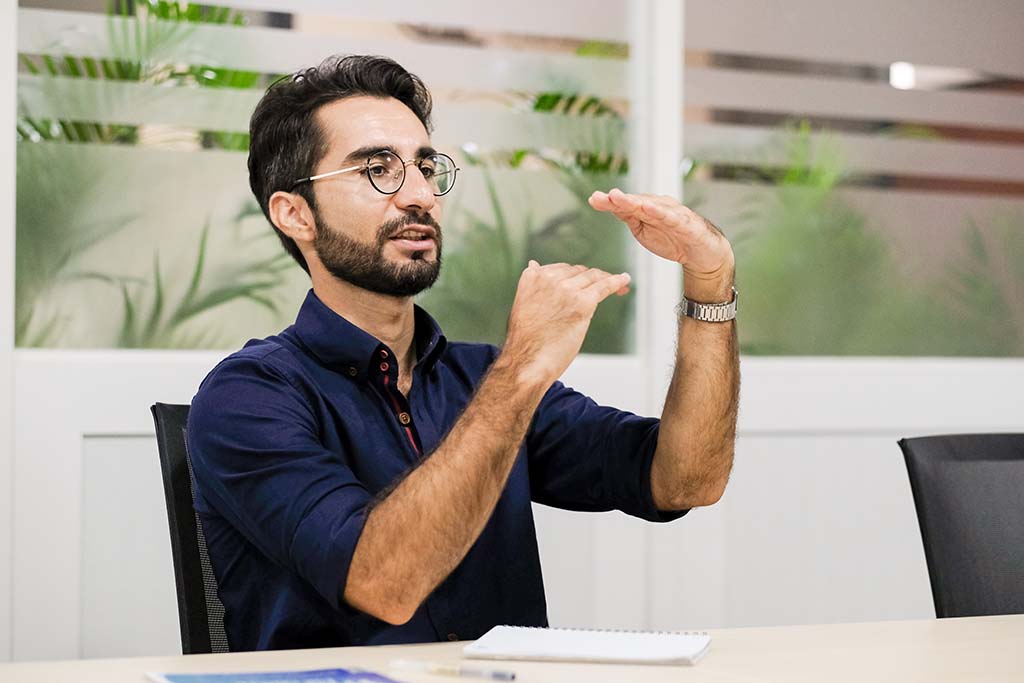
Dr Sherafatmand sharing on Hydroleap’s technology being tested on different types of wastewater, such as domestic and food and beverage wastewater
“We are currently testing our technology on different types of wastewater, such as domestic and food and beverage wastewater. We also have a few other projects in the pipeline with a company from Myanmar and a palm oil company based in Malaysia, among others.”
From lab to real life
For Dr Sherafatmand and this rest of his PhD-wielding team, one of the most exciting things about starting Hydroleap has been seeing technology developed in the lab being deployed in real-life situations.
“When you’re doing a PhD, you are focused on increasing the efficiency of the process in a very controlled setting. When running a company, you need to look at every single process in an integrated way,” he says. “We now have a team of experienced and knowledgeable people to do just that.”
Hydroleap is one of 12 companies established during Entrepreneur First’s inaugural Singapore cohort. The company has benefited from being a part of the SGInnovate ecosystem, says Dr Sherafatmand.
“More than the pre-seed funding, SGInnovate has helped us with business development and hiring; two of our current staff were recruited through the SGInnovate Talent Network, and we are in the process of interviewing another two candidates shortlisted by them,” he shares.
“So far, our clients have been happy with our technology, but I believe that it’s not just about how good our technology is, but how we continue improving. At the end of the day, any technology—whether hardware or software—can be copied. But if you continue innovating, you will always be ahead of the competition.”
Hydroleap is a company that was built from the first cohort of EF Singapore. The application to join the third cohort is open till 30 Nov 2017.
Trending Posts
- Keeping satellites safe: How CYSAT Asia 2026 is tackling space cybersecurity
- The future of fusion energy: What will it take to bring the power of the stars to earth?
- How an aerospace engineer charted a path to quantum technology
- Scaling nanomaterials is challenging — Meet the startup with a hybrid solution
- Surveying Singapore's early-stage emerging tech startup landscape



